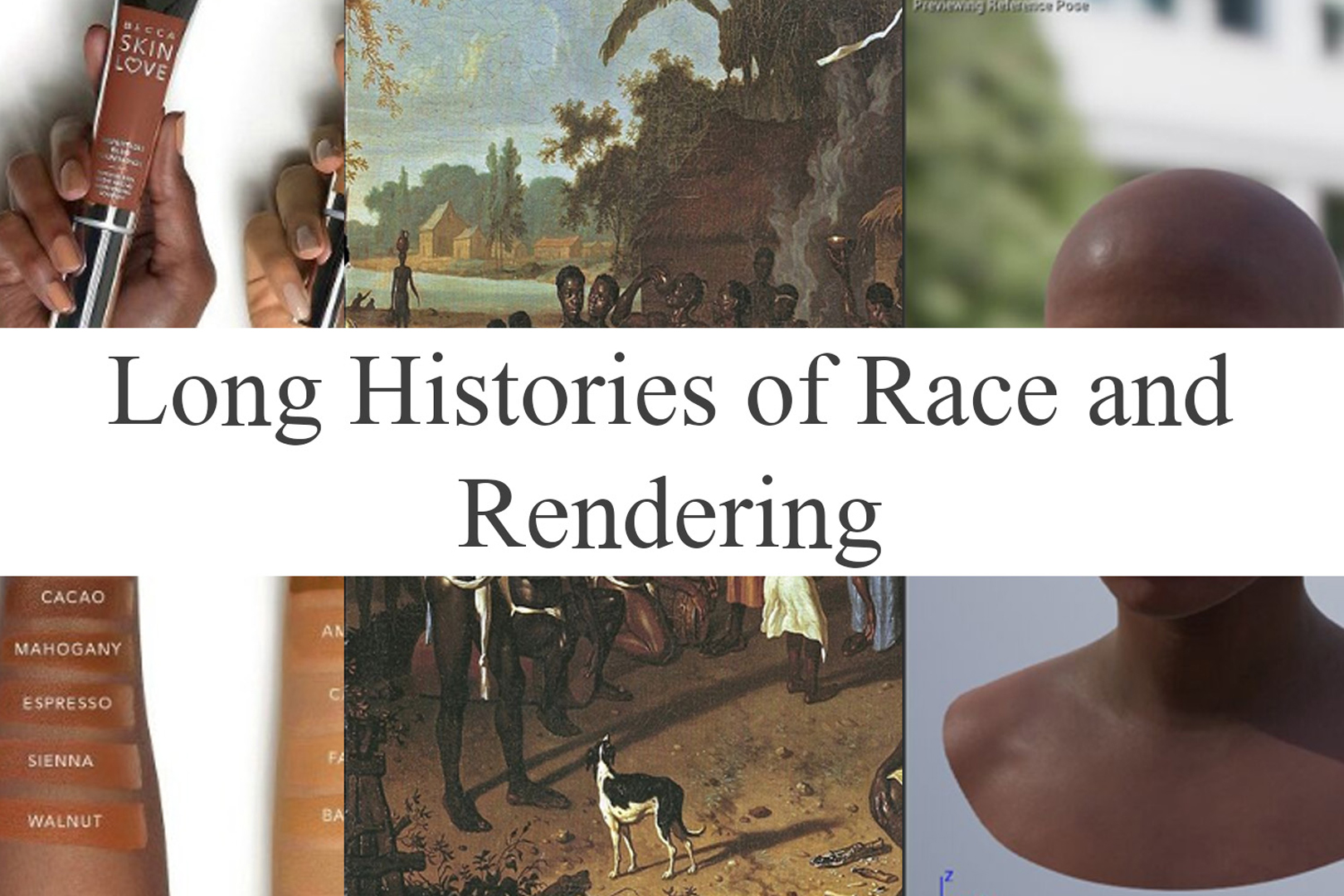“Using STS to Bridge Long Histories of Blackness, Specularity, and Rendering” by Malazita
Conference:
Type(s):
Entry Number: 53
Title:
- Using STS to Bridge Long Histories of Blackness, Specularity, and Rendering
Presenter(s)/Author(s):
Abstract:
Science and Technology Studies (STS) is an academic interdisicpline that uses sociological and historical methods to study the interrelations of society and technoscience. This paper uses an STS approach to examine the historical feedback loops between ”rendering” the shine and specularity of Black skin–across painting, video, and photography–and how computer graphics programmers and artists should question some of the fundamental assumptions of their rendering workflows to both create more equitable representation of human form, and also to understand how computational renderings influence the real world they represent.
References:
Svetlana Alpers. 1976. Describe or narrate? A problem in realistic representation. New Literary History 8, 1 (1976), 15–41.Google ScholarCross Ref
Alexander Galloway. 2004. Social realism in gaming. Game Studies 4, 1 (2004), x–xx.Google Scholar
T. Kim. 2020. The Racist Legacy of Computer-Generated Humans. Scientific American (2020). https://bit.ly/3thBeyeGoogle Scholar
Krista Thompson. 2015. Shine: The visual economy of light in African diasporic aesthetic practice. Duke University Press.Google Scholar
Genevieve Yue. 2020. Girl Head: Feminism and Film Materiality. Fordham University Press.Google Scholar




